| Block prints are made by pressing paper against the flat of a block in which a design has been excised with carving tools. The flat surface is first covered with ink the consistency of toothpaste, usually by means of a roller. Where the paper touches the flat areas that remain after the carving is completed, the ink is drawn onto the paper, reproducing the design that has been carved. This act of pulling the print reverses the original design, that is, the print and the block are mirror images. |
My linoleum block prints are very finely detailed, and this level of precise cutting is accomplished because I work under a stereo dissecting microscope. This process requires some delicate skills which I honed with years of working under the microscope as a biologist. I worked with Drosophila melanogaster, the fruit fly barely a couple of millimeters in length. The various strains of interest are distinguished by minute differences of many traits, such as eye color, forms of the small body bristles, changes in the pattern of the wing veins, and many other tiny variations. The skill of working under the microscope with small organisms transferred to cutting on blocks with small cutting tools, so I am able to produce fine blocks that would be a great challenge to most artists.
My first prints were linoleum block print replicas of classic postage stamps. Later I began to produce prints with more original designs. .
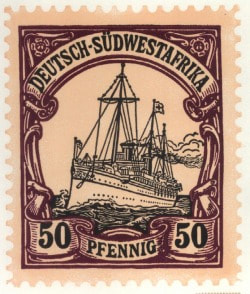
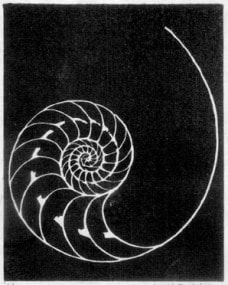
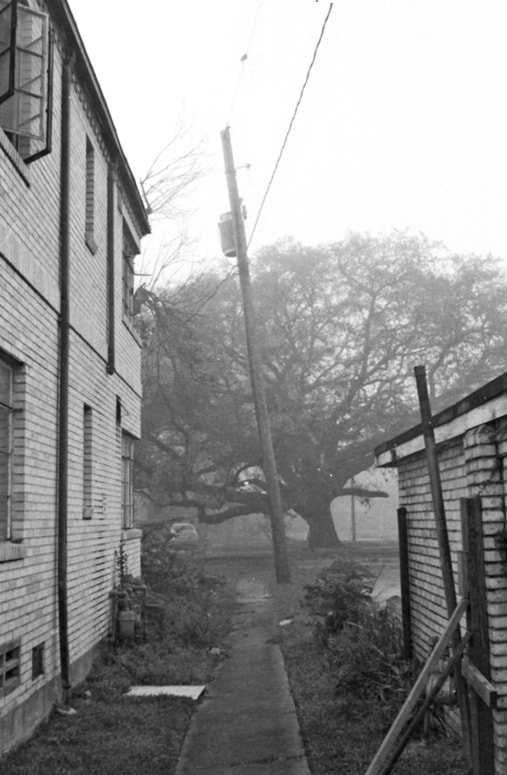
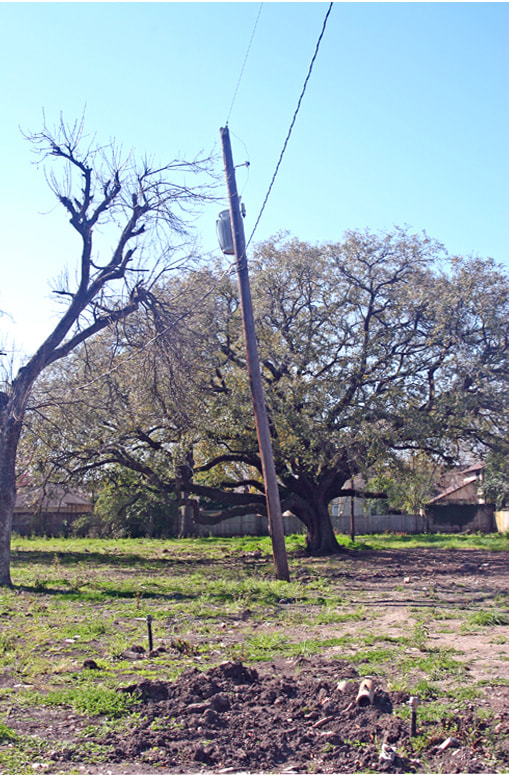
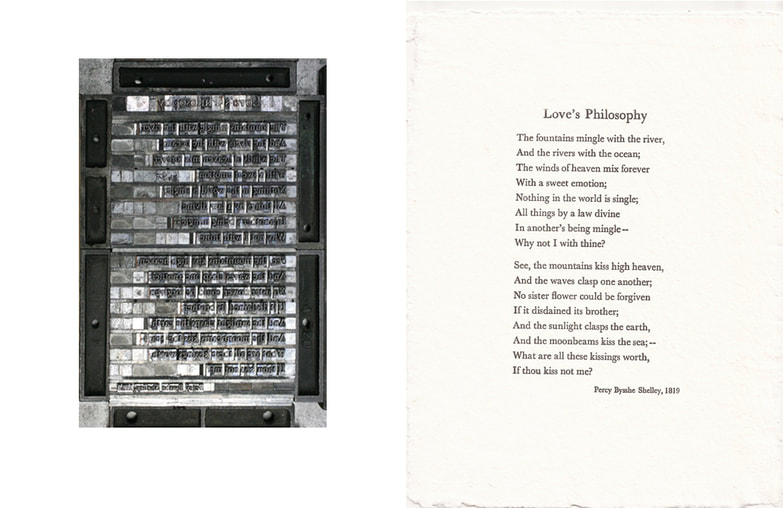
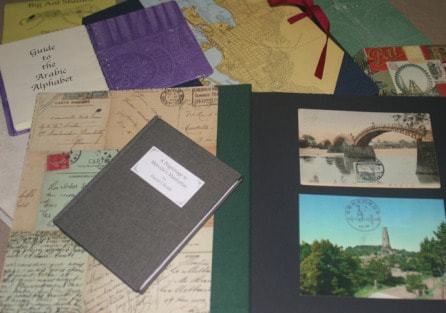
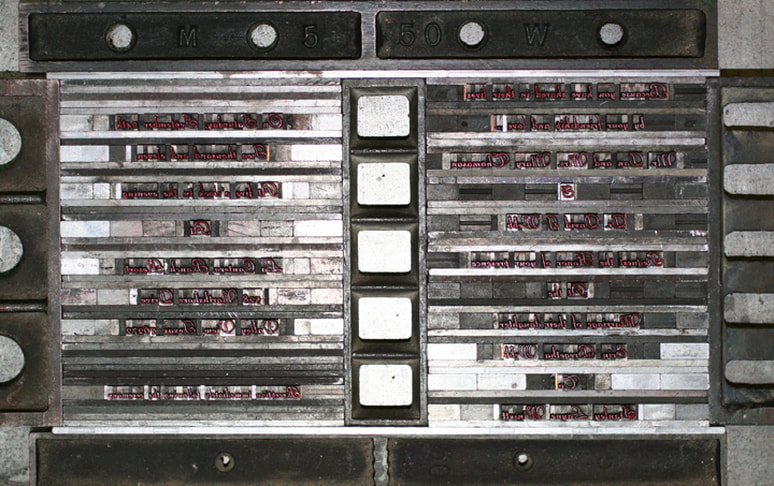
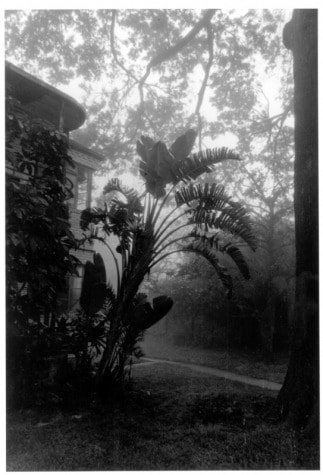
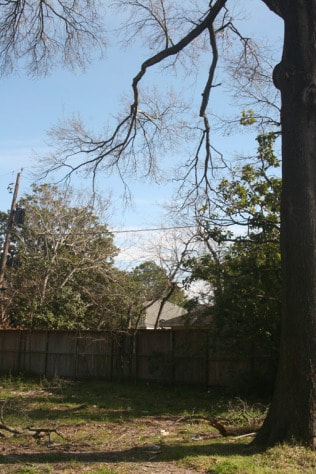
 RSS Feed
RSS Feed
